Retinol, Retinal, Retin-A, Glycolic Acid, Tretinoin, Vitamin A…What’s All the Fuss About?
You’ve heard the buzz. Maybe your friend swears by it, maybe you’ve tried it yourself—or maybe you’re just wondering what all the hype is about. Retinol, Retin-A, glycolic acid, Vitamin A... it’s everywhere, from your social feed to over-the-counter shelves. But do you really know what it is, how it works, or if it’s right for your skin?
Let’s break it all down.
First Things First: What’s the Difference Between All These Terms?
At its core, Vitamin A and its derivatives are all about exfoliation. Exfoliating regularly is one of the top recommendations I make for at-home skincare. It helps treat acne, pigmentation, and signs of aging—but not all exfoliants are created equal.
There are many different forms of Vitamin A used in skincare. Here’s what you need to know:
Vitamin A
A fat-soluble vitamin essential for healthy vision, immunity, and cellular growth. In skincare, it’s valued for accelerating cell turnover, reducing clogged pores, and improving texture. It appears in many forms—like retinol, retinal, and tretinoin—to target acne, fine lines, and more.
Retin-A & Tretinoin
Retin-A is a brand name for tretinoin, a prescription-strength Vitamin A derivative. It’s often called the “gold standard” for anti-aging and acne, but it can come with side effects like dryness, flaking, and sun sensitivity.
If prescribed, start slow: one night a week, building up to two or three nights per week. This minimizes irritation while allowing your skin to adjust.
Retinoids
An umbrella term for Vitamin A derivatives—both prescription and over-the-counter. They include:
Adapalene (Differin) – great for acne, but can cause irritation.
Tretinoin/Retin-A – more potent, used for acne and aging.
Retinol and Retinal – gentler options, available OTC.
While dermatologists often prescribe these quickly, estheticians take a more personalized approach. We take the time to understand your skin and lifestyle, helping you choose and use the right products safely for the best results.
So What’s the Role of an Esthetician?
Dermatologists are amazing, and I always refer out when needed—but their time is limited. As an esthetician, I dig deeper into your skin health: your routine, diet, stress levels, and product usage. We create a personalized regimen that fits your goals and your budget, and guide you on how, when, and why to use each product.
Let’s Talk Glycolic Acid
One of my favorite exfoliants is Glycolic Acid, an alpha hydroxy acid (AHA) derived from sugarcane. It’s small enough to penetrate deeply with minimal irritation, and it’s great for:
Smoothing texture
Fading pigmentation & sun damage
Boosting collagen for anti-aging
Preventing breakouts
Enhancing hydration
Recommended:
✨ Yon-Ka Glyconight – a gentle, effective overnight treatment that reveals brighter, smoother skin.
What About Retinol?
Retinol is a widely-used Vitamin A derivative that converts into retinoic acid within the skin. It’s less potent than prescription options, but also gentler and a great place to start.
Recommended:
✨ Epicuren Retinol Anti-Wrinkle Complex – ideal for beginners or those looking for gradual, visible improvements in skin tone and texture.
Retinal (Retinaldehyde): The Middle Ground
Retinal is one step closer to active retinoic acid than retinol—making it more potent and faster-acting, but potentially more sensitizing. It's about 11x stronger than retinol.
Recommended:
✨ Ilike Retinal Moisturizer & lIike Retinal Serum– plant-based, hydrating, and results-driven without the harsh side effects. Start with the moisturizer, then graduate to the serum for next-level results.
Important Reminder: SUNSCREEN!
All forms of Vitamin A increase sun sensitivity. Always apply a broad-spectrum SPF 30+, ideally zinc-based, 2–3 times per day. This is especially critical for anyone treating pigmentation.
Final Thoughts
Retinoids and exfoliants can transform your skin—but only when used wisely. If you're unsure where to start, let an esthetician guide you. Our goal? Healthier skin, fewer side effects, and real results.
Let’s build a plan that works for your skin—not against it.




